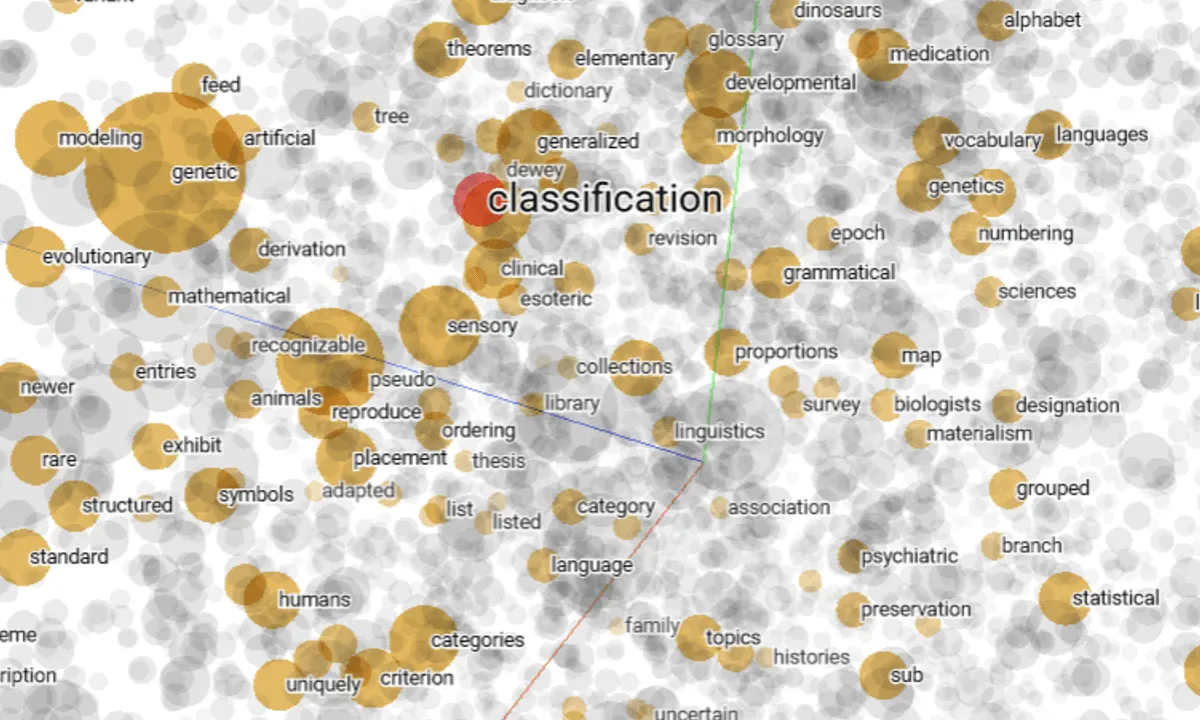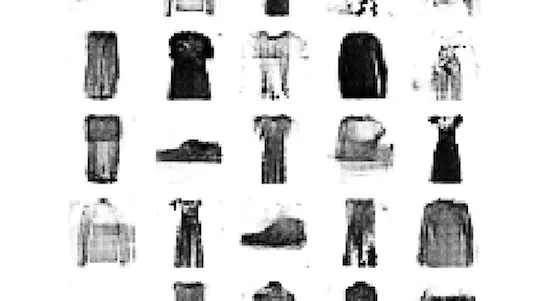
Enhance Low Light Images using Keras Python and Weights & Biases 
This course provides an introduction to using Keras, Python and Weights & Biases to enhance low light images. It covers topics such as exploring data with W&B Tables, use-cases for Zero-DCE, example model predictions and why it works well on some images but struggles on others. It is a great resource for anyone looking to learn more about image enhancement. ▼
ADVERTISEMENT
Course Feature
![]() Cost:
Cost:
Free
![]() Provider:
Provider:
Youtube
![]() Certificate:
Certificate:
Paid Certification
![]() Language:
Language:
English
![]() Start Date:
Start Date:
On-Demand
Course Overview
❗The content presented here is sourced directly from Youtube platform. For comprehensive course details, including enrollment information, simply click on the 'Go to class' link on our website.
Updated in [February 21st, 2023]
Intro
What's gonna be in the video
Colab notebook and exploring data with W&B Tables
Hitting up Soumik
Use-cases for Zero-DCE
Looking through example model predictions
Why it works well on some images, but struggles on others?
A challenge for our amazing W&B community
How Zero-DCE works explained by Soumik
Why Soumik really enjoys Keras and TensorFlow
Keras and TensorFlow work really well with Weights & Biases
Thanks for chatting and explaining stuff Soumik
Training Zero-DCE
Monitoring training
Visualizing model predictions on the test dataset
Outro
(Please note that we obtained the following content based on information that users may want to know, such as skills, applicable scenarios, future development, etc., combined with AI tools, and have been manually reviewed)
This course provides an overview of how to enhance low light images using Keras Python and Weights & Biases. Participants will learn how to use Colab notebook and explore data with W&B Tables. They will also learn about use-cases for Zero-DCE, look through example model predictions, and understand why it works well on some images, but struggles on others. Participants will also be challenged to use their knowledge to solve a problem. The course will also cover how Zero-DCE works, why Soumik enjoys Keras and TensorFlow, and how Keras and TensorFlow work well with Weights & Biases. Participants will also learn how to train Zero-DCE, monitor training, and visualize model predictions on the test dataset.
[Applications]
Those who have completed this course can apply the knowledge they have gained to enhance low light images using Keras Python and Weights & Biases. They can use the Colab notebook to explore data with W&B Tables, use Zero-DCE for various use-cases, and monitor and visualize model predictions on the test dataset. Additionally, they can use Keras and TensorFlow with Weights & Biases to further improve their results.
[Career Paths]
1. Machine Learning Engineer: Machine Learning Engineers are responsible for developing and deploying machine learning models. They use a variety of tools and techniques to build and optimize models, and they must be able to interpret and explain the results of their models. The demand for Machine Learning Engineers is growing rapidly, as more companies are looking to leverage the power of machine learning to improve their products and services.
2. Data Scientist: Data Scientists are responsible for analyzing large datasets and extracting insights from them. They use a variety of tools and techniques to analyze data, and they must be able to interpret and explain the results of their analyses. Data Scientists are in high demand, as more companies are looking to leverage the power of data to improve their products and services.
3. Computer Vision Engineer: Computer Vision Engineers are responsible for developing and deploying computer vision models. They use a variety of tools and techniques to build and optimize models, and they must be able to interpret and explain the results of their models. The demand for Computer Vision Engineers is growing rapidly, as more companies are looking to leverage the power of computer vision to improve their products and services.
4. Deep Learning Engineer: Deep Learning Engineers are responsible for developing and deploying deep learning models. They use a variety of tools and techniques to build and optimize models, and they must be able to interpret and explain the results of their models. The demand for Deep Learning Engineers is growing rapidly, as more companies are looking to leverage the power of deep learning to improve their products and services.
[Education Paths]
1. Computer Science Degree: A computer science degree is a great way to learn the fundamentals of programming and software development. It will also provide you with the skills to develop and maintain complex software systems. With the increasing demand for software engineers, this degree path is becoming more popular and is a great way to get into the tech industry.
2. Artificial Intelligence Degree: Artificial Intelligence (AI) is becoming increasingly important in the tech industry. An AI degree will provide you with the skills to develop and implement AI algorithms and systems. This degree path is becoming more popular as AI is being used in more and more applications.
3. Data Science Degree: Data science is a rapidly growing field and is becoming increasingly important in the tech industry. A data science degree will provide you with the skills to analyze and interpret data, as well as develop and implement data-driven solutions.
4. Machine Learning Degree: Machine learning is a subset of AI and is becoming increasingly important in the tech industry. A machine learning degree will provide you with the skills to develop and implement machine learning algorithms and systems. This degree path is becoming more popular as machine learning is being used in more and more applications.
Course Provider

Provider Youtube's Stats at AZClass
Discussion and Reviews
0.0 (Based on 0 reviews)
Explore Similar Online Courses

Guided Project: Web Development w& HTML & CSS for Beginners

How to Edit Videos with Filmora 11 - Beginners Class

Python for Informatics: Exploring Information

Social Network Analysis

Introduction to Systematic Review and Meta-Analysis

The Analytics Edge

DCO042 - Python For Informatics

Causal Diagrams: Draw Your Assumptions Before Your Conclusions

Whole genome sequencing of bacterial genomes - tools and applications

Convolutions for Text Classification with Keras

Understanding Deepfakes with Keras


Start your review of Enhance Low Light Images using Keras Python and Weights & Biases